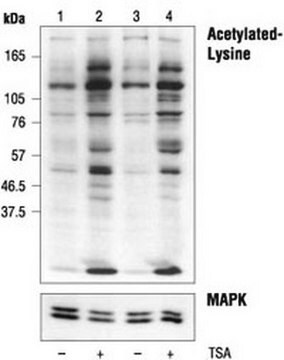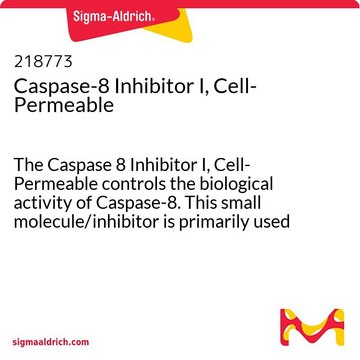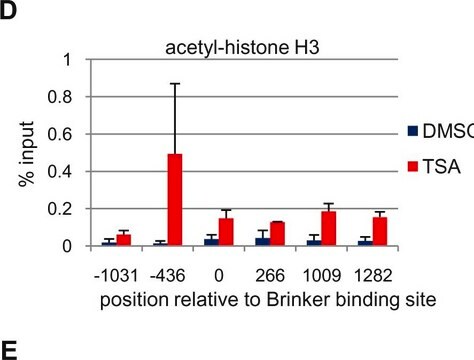05-515
Anti-acetyl-Lysine Antibody, clone 4G12
clone 4G12, Upstate®, from mouse
About This Item
Empfohlene Produkte
Biologische Quelle
mouse
Qualitätsniveau
Antikörperform
purified immunoglobulin
Antikörper-Produkttyp
primary antibodies
Klon
4G12, monoclonal
Speziesreaktivität
human, mouse, rat, vertebrates
Hersteller/Markenname
Upstate®
Methode(n)
immunoprecipitation (IP): suitable
western blot: suitable
Isotyp
IgG
Versandbedingung
dry ice
Posttranslationale Modifikation Target
unmodified
Allgemeine Beschreibung
Spezifität
Immunogen
Anwendung
5 μg of a previous lot immunoprecipitated in vitro acetylated PCAF added to a 3T3 RIPA cell lysate. The immunoprecipitated PCAF was detected by subsequent western blot analysis using 1 μg/mL monoclonal anti-GST (Catalog # 05-311).
Qualität
Western Blot Analysis:
1:500 dilution of this lot detected ACETYL-LYSINE on 10 μg of sodium butyrated treated HeLa lysates.
Zielbeschreibung
Physikalische Form
Lagerung und Haltbarkeit
Sonstige Hinweise
Rechtliche Hinweise
Sie haben nicht das passende Produkt gefunden?
Probieren Sie unser Produkt-Auswahlhilfe. aus.
Lagerklassenschlüssel
10 - Combustible liquids
WGK
WGK 1
Analysenzertifikate (COA)
Suchen Sie nach Analysenzertifikate (COA), indem Sie die Lot-/Chargennummer des Produkts eingeben. Lot- und Chargennummern sind auf dem Produktetikett hinter den Wörtern ‘Lot’ oder ‘Batch’ (Lot oder Charge) zu finden.
Besitzen Sie dieses Produkt bereits?
In der Dokumentenbibliothek finden Sie die Dokumentation zu den Produkten, die Sie kürzlich erworben haben.
Unser Team von Wissenschaftlern verfügt über Erfahrung in allen Forschungsbereichen einschließlich Life Science, Materialwissenschaften, chemischer Synthese, Chromatographie, Analytik und vielen mehr..
Setzen Sie sich mit dem technischen Dienst in Verbindung.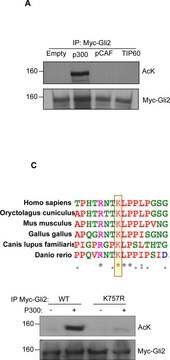

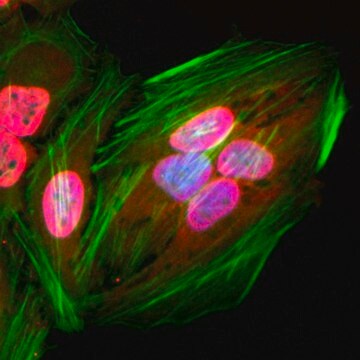
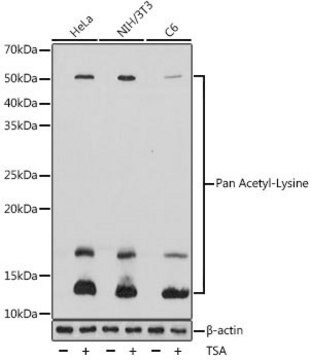
![[β-Mercapto-β,β-cyclopentamethylenepropionyl1, O-me-Tyr2, Arg8]-Vasopressin ≥97% (HPLC)](/deepweb/assets/sigmaaldrich/product/structures/171/970/51ec0a9f-bbad-4de6-8379-01abbe367b05/640/51ec0a9f-bbad-4de6-8379-01abbe367b05.png)
